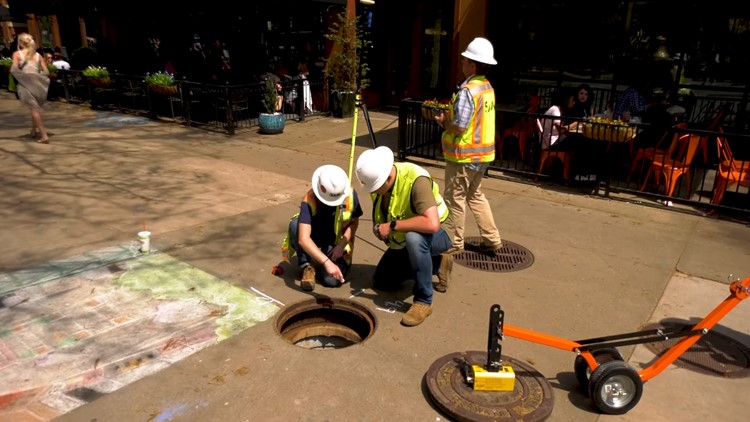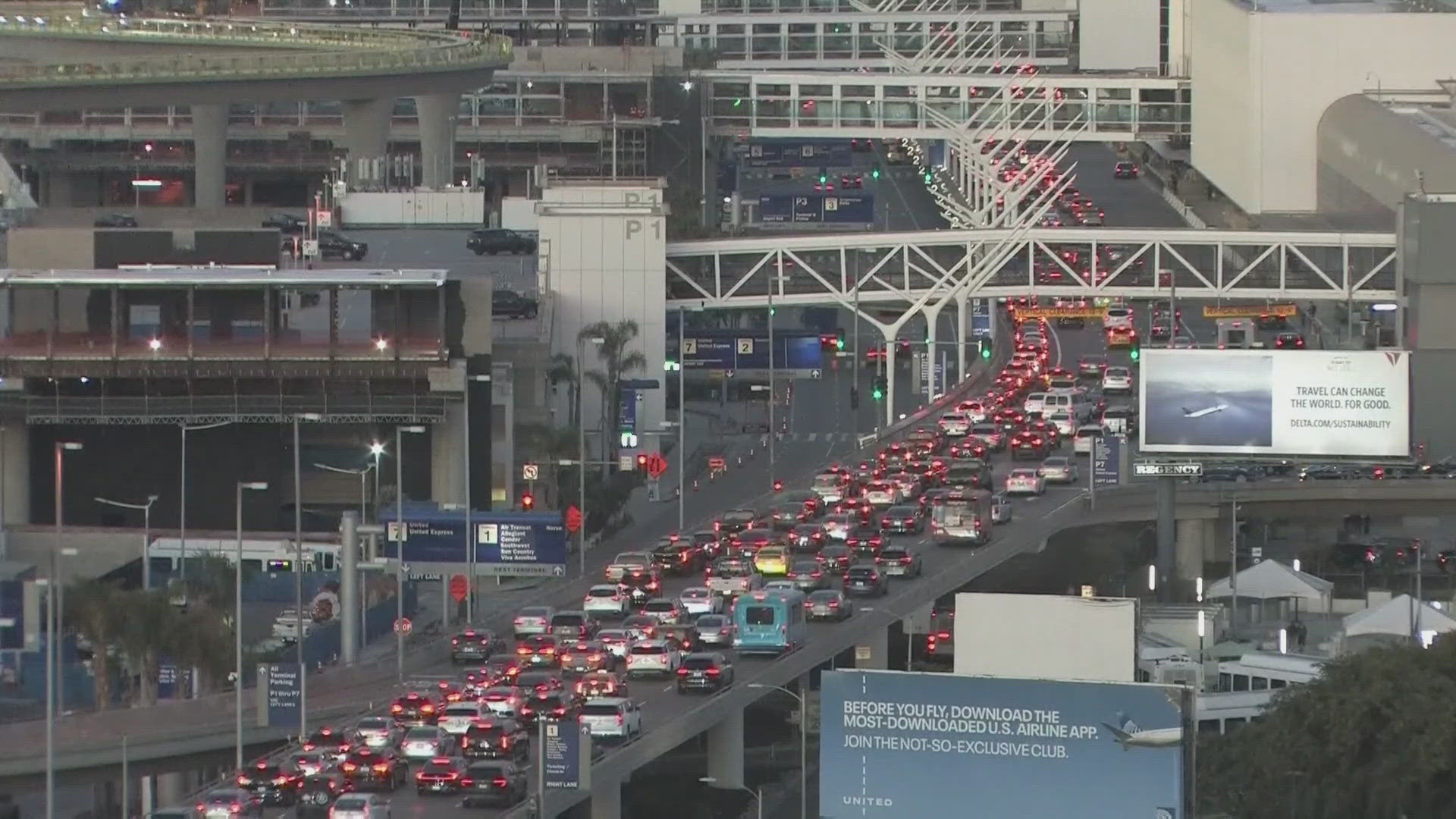KNOXVILLE, Tenn. — In parts of Knoxville, crews are spending time around manholes, stormwater drains, and other parts of the city's stormwater system. It's part of a yearlong project to evaluate and map Knoxville's entire system of pipes that handle rainwater.
According to a release from the city, the system has around 25,000 separate parts and around 400 miles of pipes. They said some parts of the system can be around a century old, and some others are unrecorded. They can include basins, gutters, culverts and junction boxes.
By mapping the system, the city will have a comprehensive tool to manage the different components that handle stormwater in the city. The project is called the Stormwater Asset Management Survey and was funded through the federal American Rescue Plan Act.
They said it cost around $2.2 million and it is around a third completed. They also said it is not expected to finish until May 2024, and said it would be the first time in decades that the city completed a project of this kind.
"This will allow us to better prioritize and proactively replace pipes and infrastructure that are in danger of failing," said Knoxville Mayor Indya Kincannon in the release. "Put simply: It’s dramatically less expensive and much less disruptive to property owners when we make smart, proactive stormwater infrastructure investments, rather than reacting to an emergency situation when something breaks."
She proposed a budget that includes $800,000 for stormwater system upgrades. The funds could be used to replace pipes in critical condition and spill water out, damaging property and causing repairs that could take weeks to complete, according to the release.
Through the survey, the city can use a rehabilitation process called Cured-in-Place Pipe instead of having to dig up and replace damaged pipes. The process inserts a felt lining into a damaged pipe while it's still in the ground, hardening and adhering to its inner walls to effectively form a brand-new pipe inside the old one.



